Saturday evening saw the possible resurrection of Jose Mourinho’s tenure at Manchester United, as his side demolished a two-goal half-time deficit to Newcastle United to emerge as the winners in a thrilling 3-2 comeback win. Newcastle, who had scored a grand total of four goals in their seven games thus far, got half of that tally within the first 10 minutes at Old Trafford, as Kenedy and Yoshinori Muto took advantage of some horrendous United defending, and they may even have been 3-0 up at the break if not for David de Gea in the United goal. A tactical reshuffle, substitutions and a massive difference in spirit and attitude brought United back into the game in the second half, with Juan Mata, Anthony Martial and Alexis Sanchez ensuring that potential embarrassment was converted into positive momentum going into the international break. This piece will look at the key tactical talking points from the game, and how United managed to turn things around.
Lineups
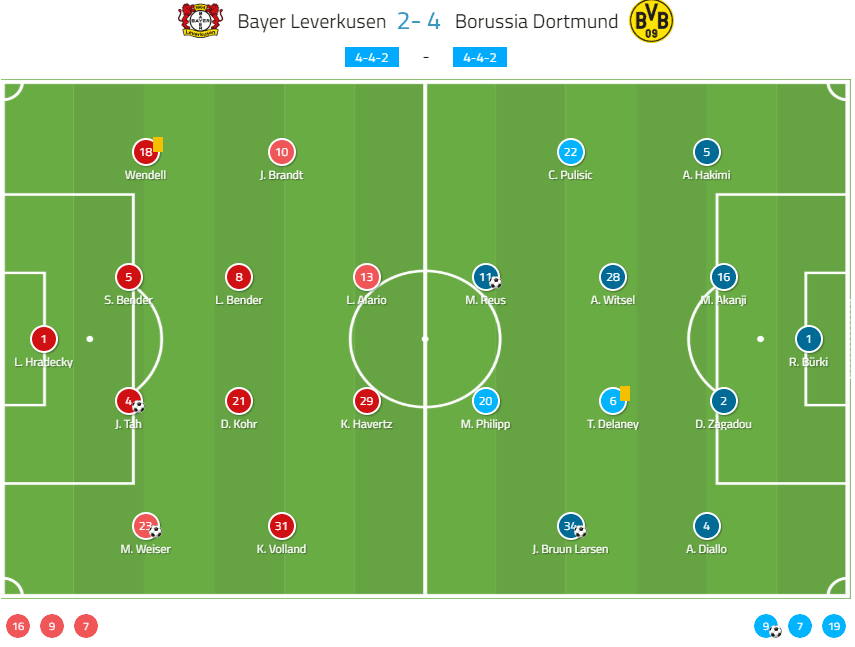
Jose Mourinho once again made changes in an attempt to suss out his best XI – Eric Bailly partnered Chris Smalling in defence, with Ashley Young captaining the side from right-back, while Scot McTominay came into midfield alongside Nemanja Matic and Paul Pogba. Romelu Lukaku was partnered by both Anthony Martial and Marcus Rashford, with Alexis Sanchez back on the bench. This plan went out of the window quite soon though, as Mourinho removed Bailly and brought on Mata within the first 20 minutes, moving to a 4-2-3-1 with McTominay dropping into the centre-back position.
Rafa Benitez named the side most people were expecting, with only the inclusion of Muto as the striker ahead of Joselu a small talking point.
Lack of defensive structure almost costs United
In what has been a worrying trend for a Mourinho team, United have already conceded 14 goals from just eight games in the league. There has been a distinct lack of defensive organisation and structure to the side, and while the manager’s constant chopping and changing has not helped matters, his side looks open and ready to be carved apart every time there is an opposition counter-attack. The midfield does not help either, pushing too far up and leaving gaps that are too large for the centre-backs to cover on their own. Nemanja Matic is a fine defensive midfielder, but he has never been mobile, and yet he has often found himself having to cover acres of space because his fellow midfielders are higher up the pitch.
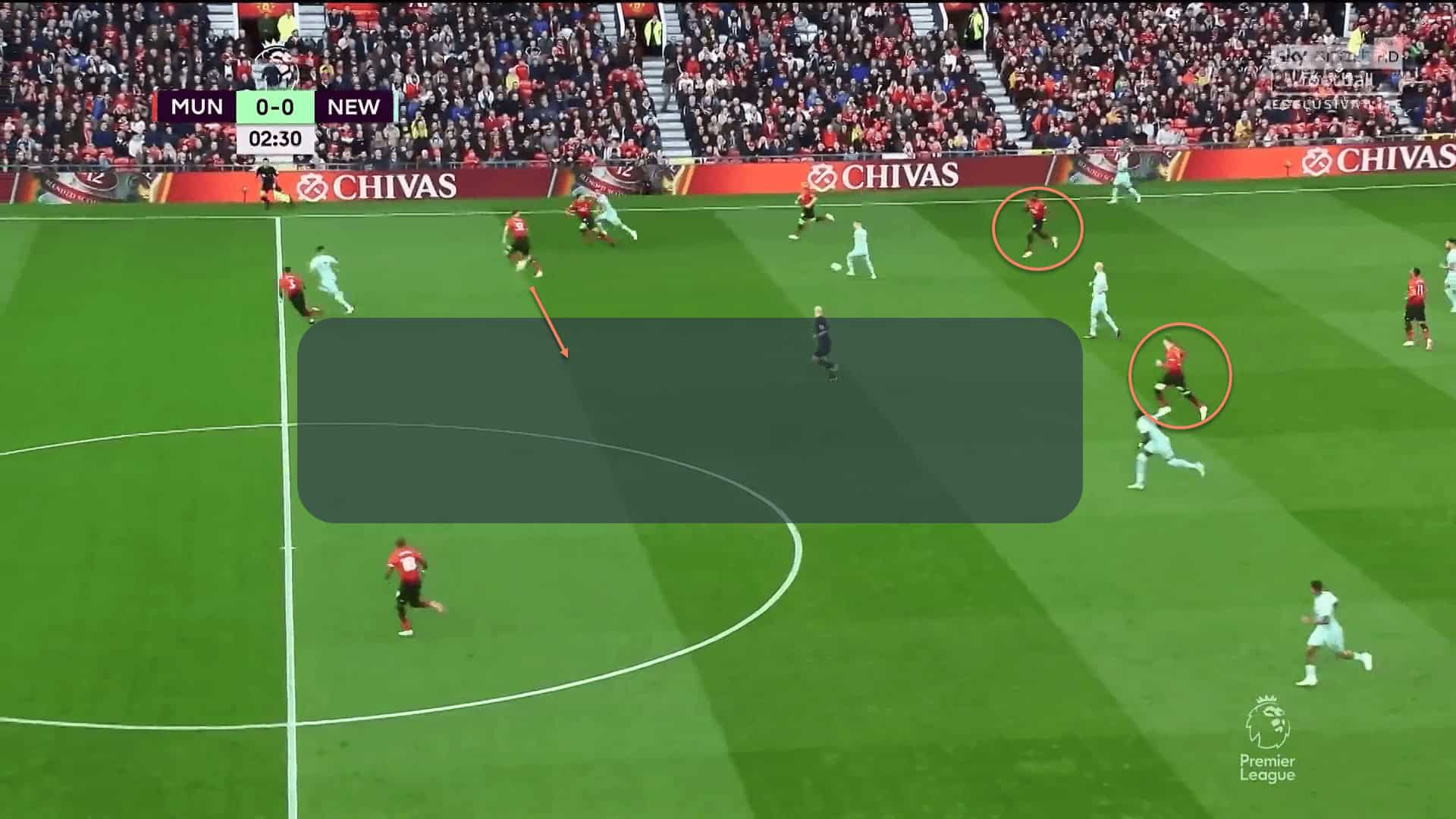
This was seen in the build-up to Newcastle’s goal as well. All three of the United midfielders move to the near-side touchline before a Newcastle throw-in, leaving space behind them which is easily exploited by the Magpies, as shown below:
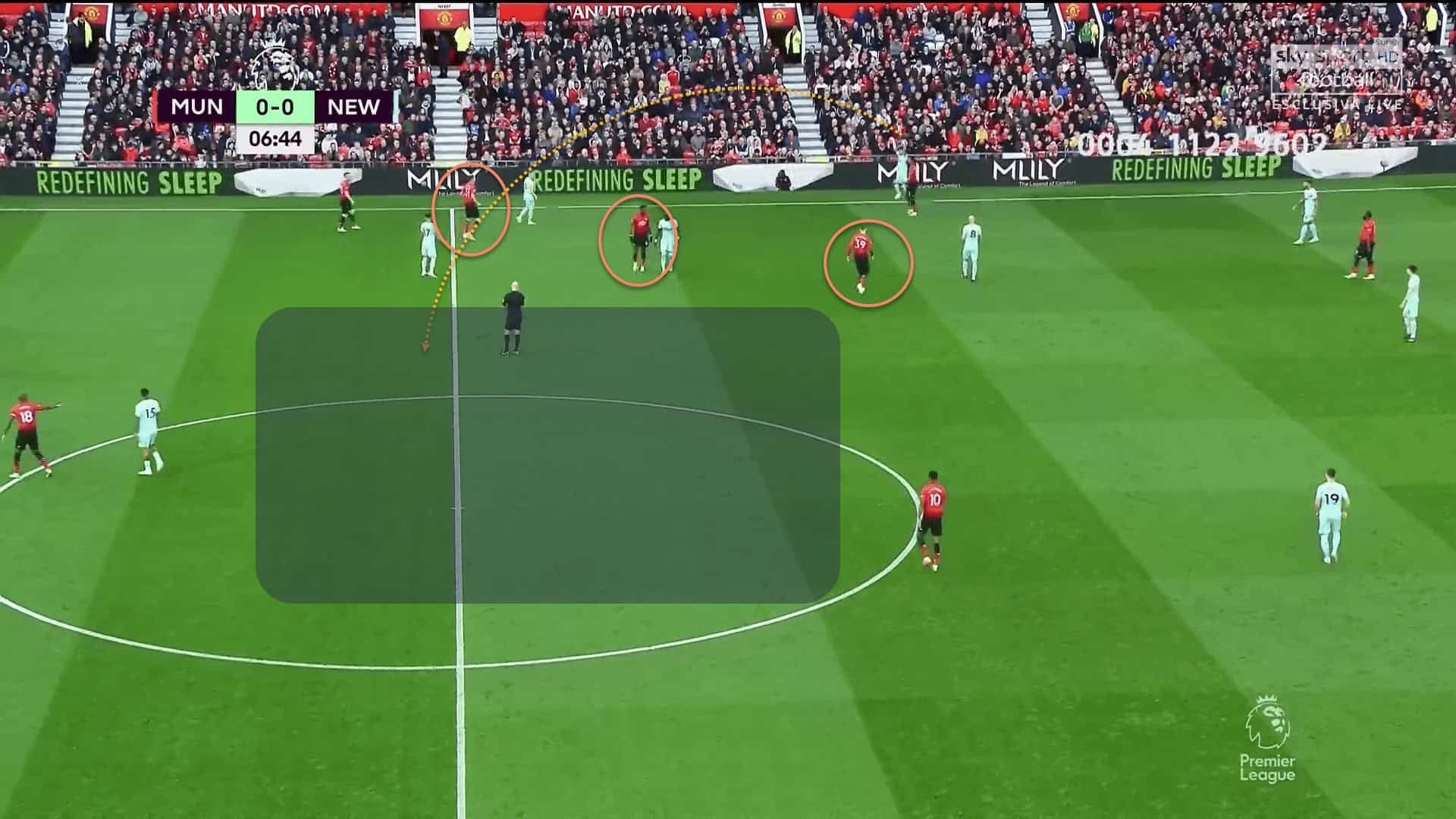
While United’s defence has been uncharacteristically weak this season, it has not received too much help from the midfield either. As seen above, the midfielders either move too far ahead, conceding space in between the lines, or, as seen below, drop too deep, opening up areas in front of the box. Both of these are problematic, with nobody showing the intelligence to drop between the lines and shield these areas:
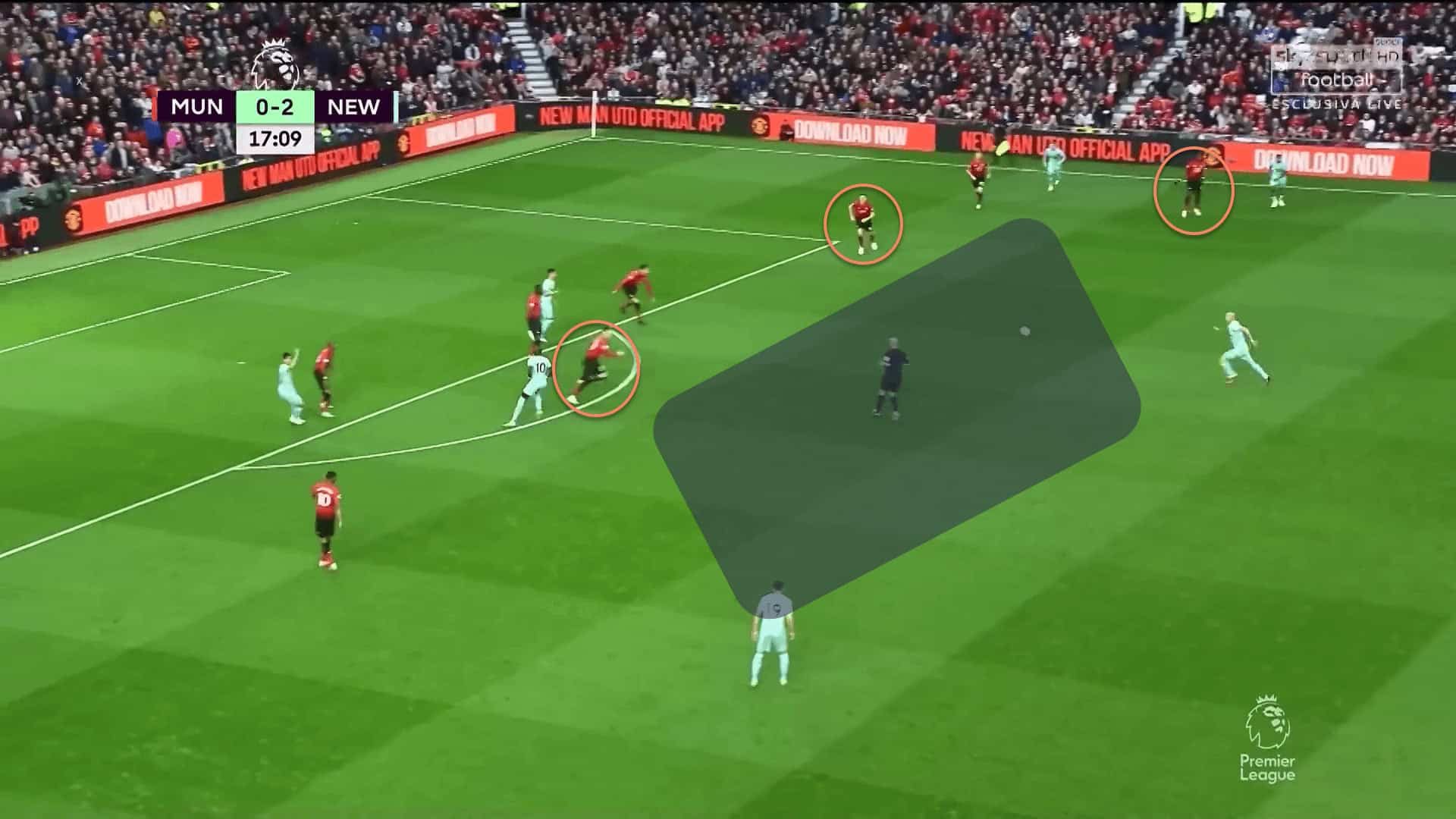
On the other hand, Newcastle’s defensive structure was solid, as can be expected from a Benitez side. Playing in a standard 4-4-2, they dropped deep and kept the distance between the defensive and midfield lines to a minimum, denying United space centrally and forcing them to go wide.
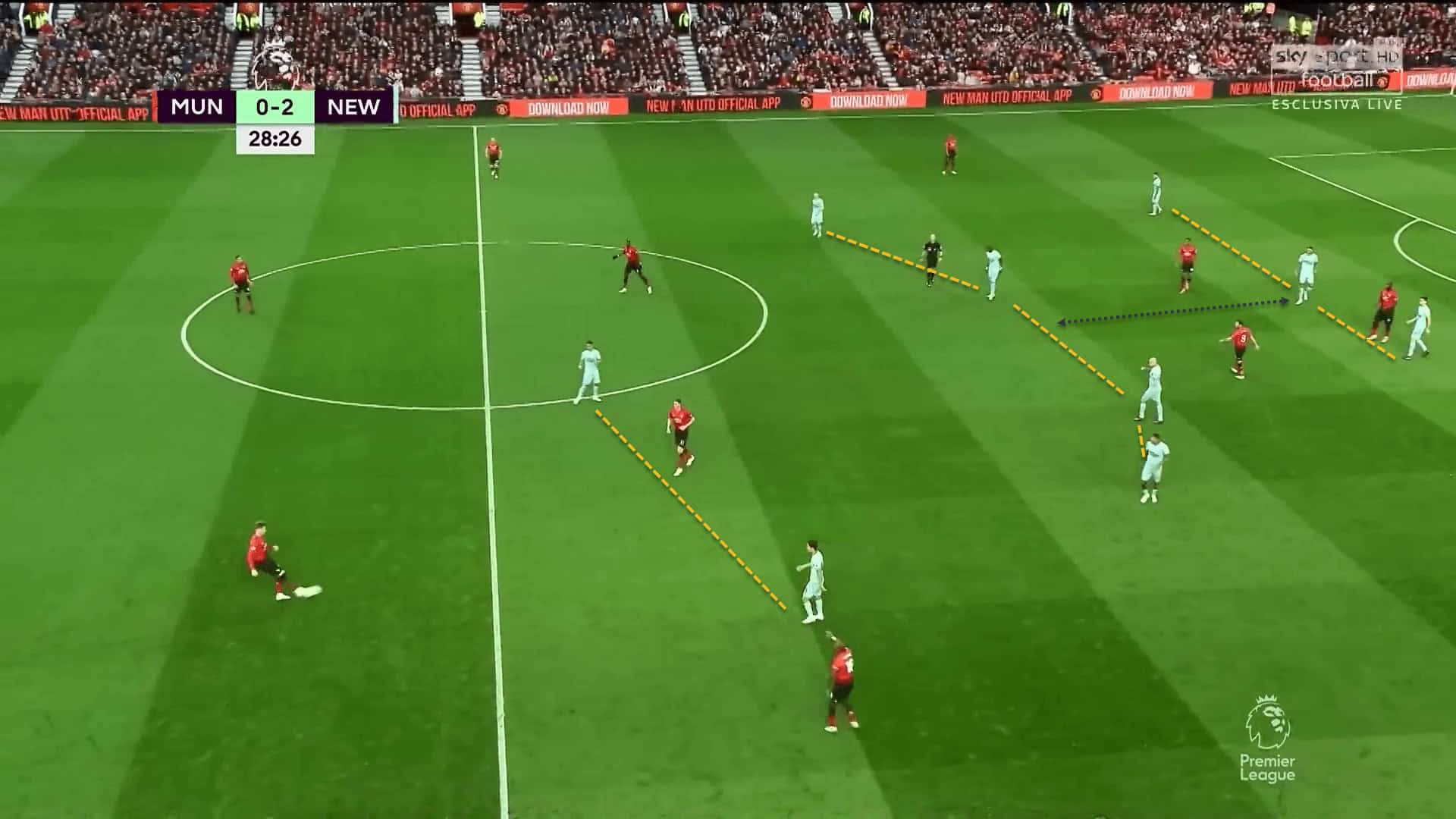
Unorthodox shape brings rewards
Mourinho made another change at half-time, taking off McTominay for Fellaini, and changing to a quasi-back three formation with Smalling, Matic and Pogba. This was not truly the case though; Pogba was essentially playing as a regista, dropping between his centre-backs on occasion but looking to control the game from a deep-lying midfield position.

This allowed Shaw and Young to get high up the pitch, and in turn, Rashford and Martial could come inside and support Lukaku. This almost paid dividends within a couple of minutes of the restart; Pogba hit a long ball towards Lukaku, who flicked it on towards Martial, and only a last-ditch tackle by DeAndre Yedlin prevented the Frenchman from being one-on-one with the goalkeeper. With Fellaini in the mix as well, United suddenly had options in the box, and their general strategy became one of getting the ball wide and firing in a cross towards the four or even five red shirts in the Newcastle penalty area.
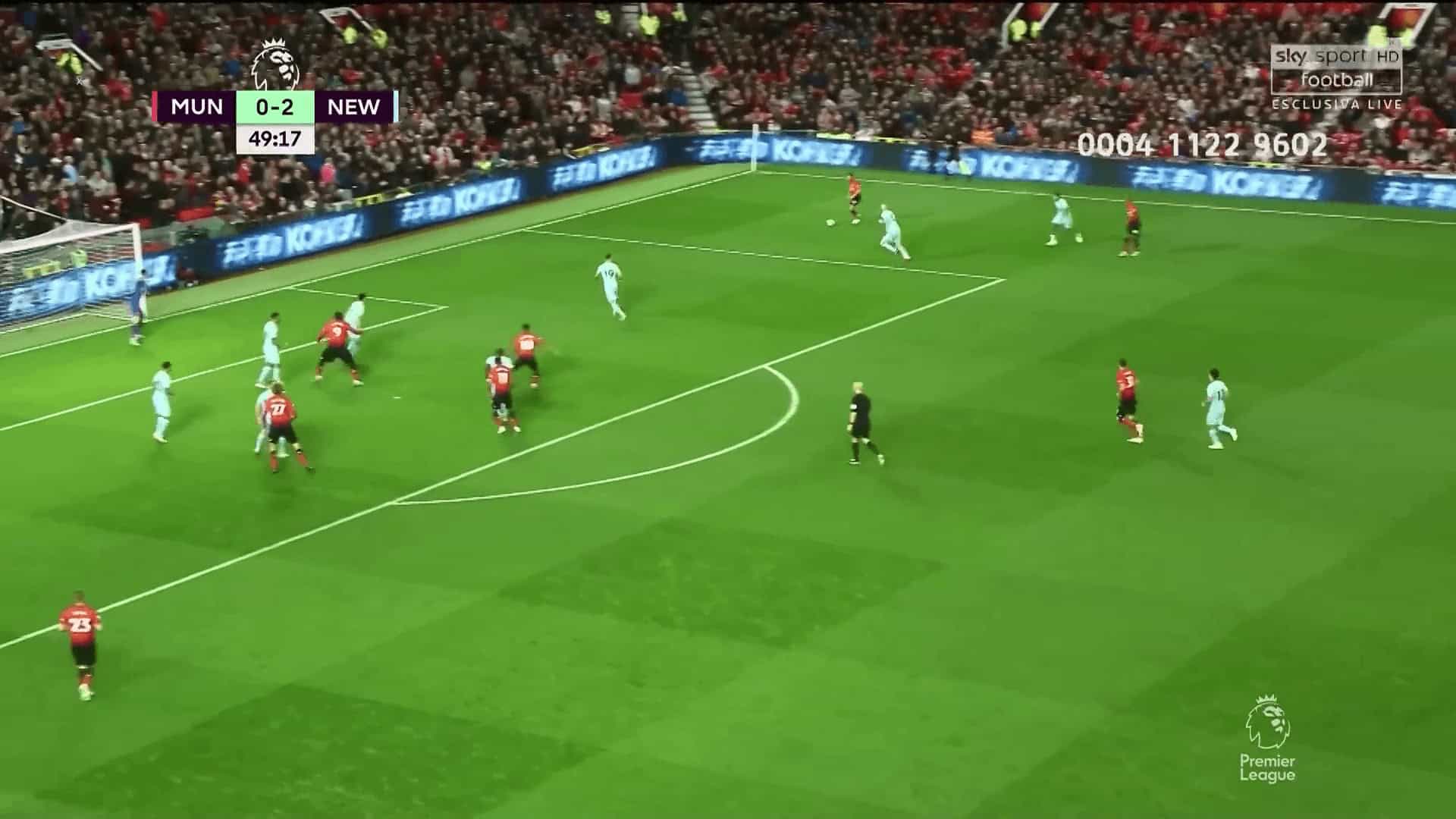
However, this approach was not without its faults though. In their eagerness to get into the box, the United players ignored space between the lines; their aggressiveness was pushing Newcastle back, but nobody was taking advantage of the space that was opening up in front of the Magpies’ defence as a result.
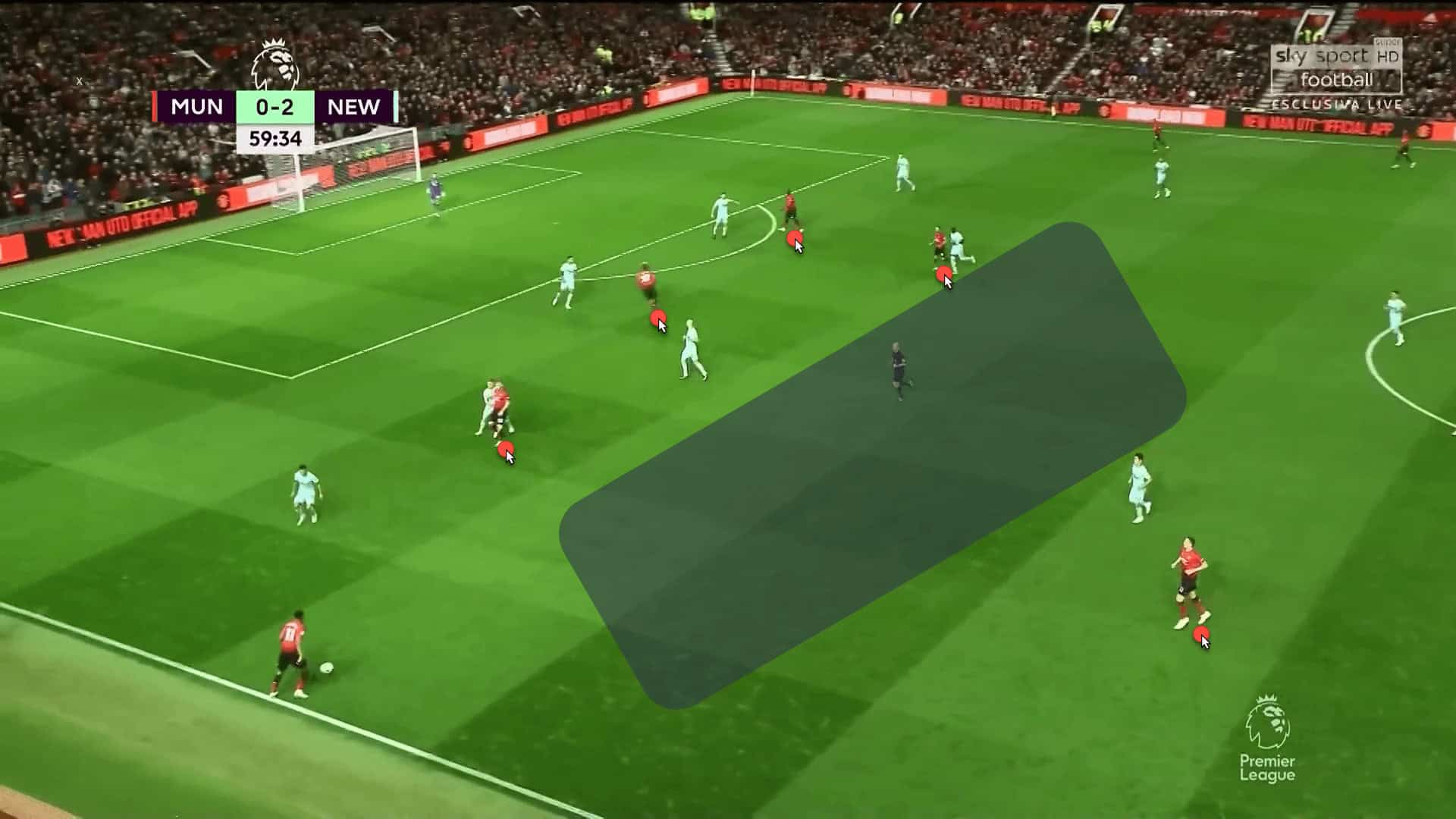
The gamechanger in this regard was Alexis Sanchez. The Chilean replaced Rashford and immediately began to play in those vacant areas, linking up with Mata to draw Newcastle players out and in turn create space for a run or a shot.
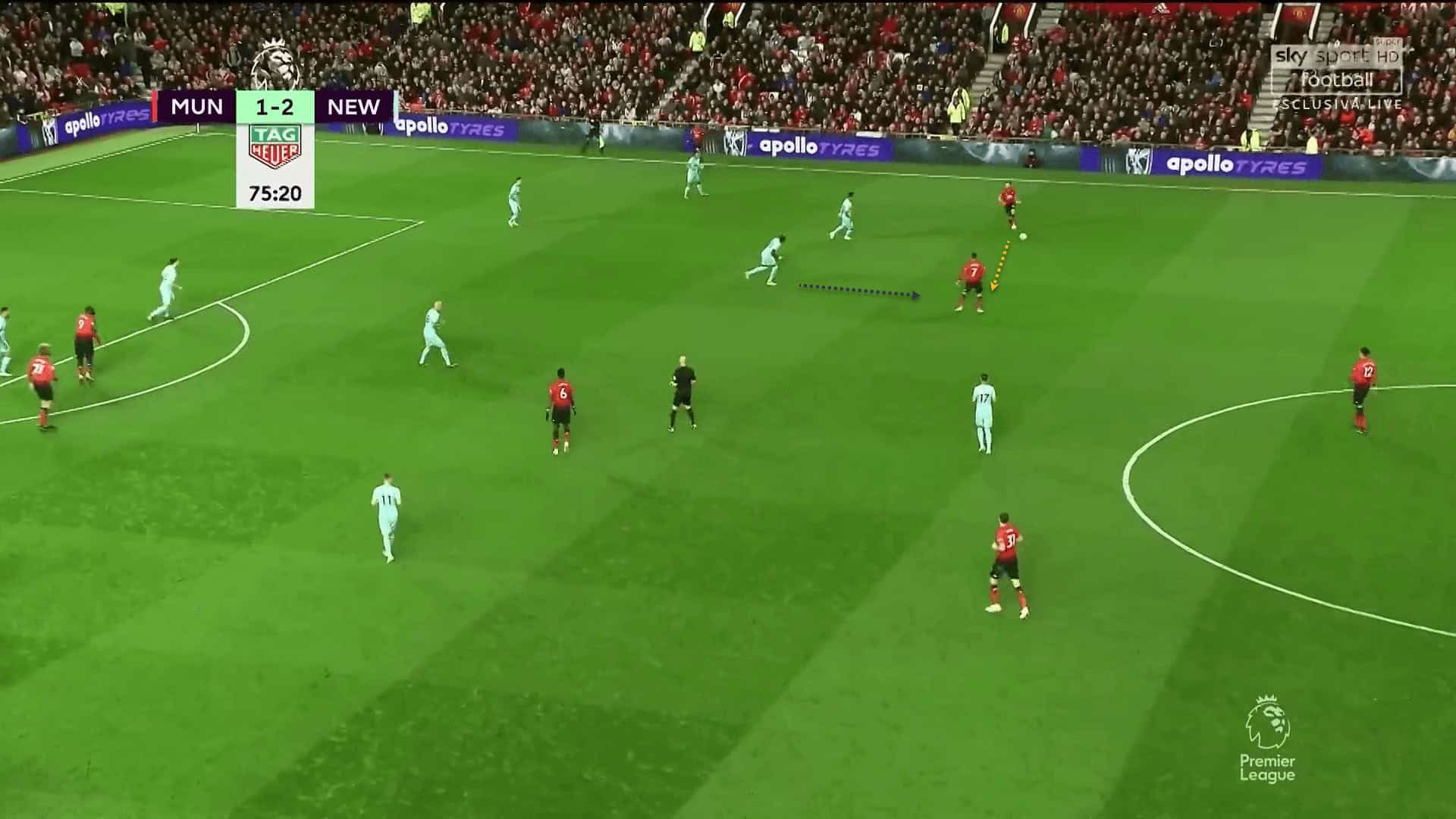
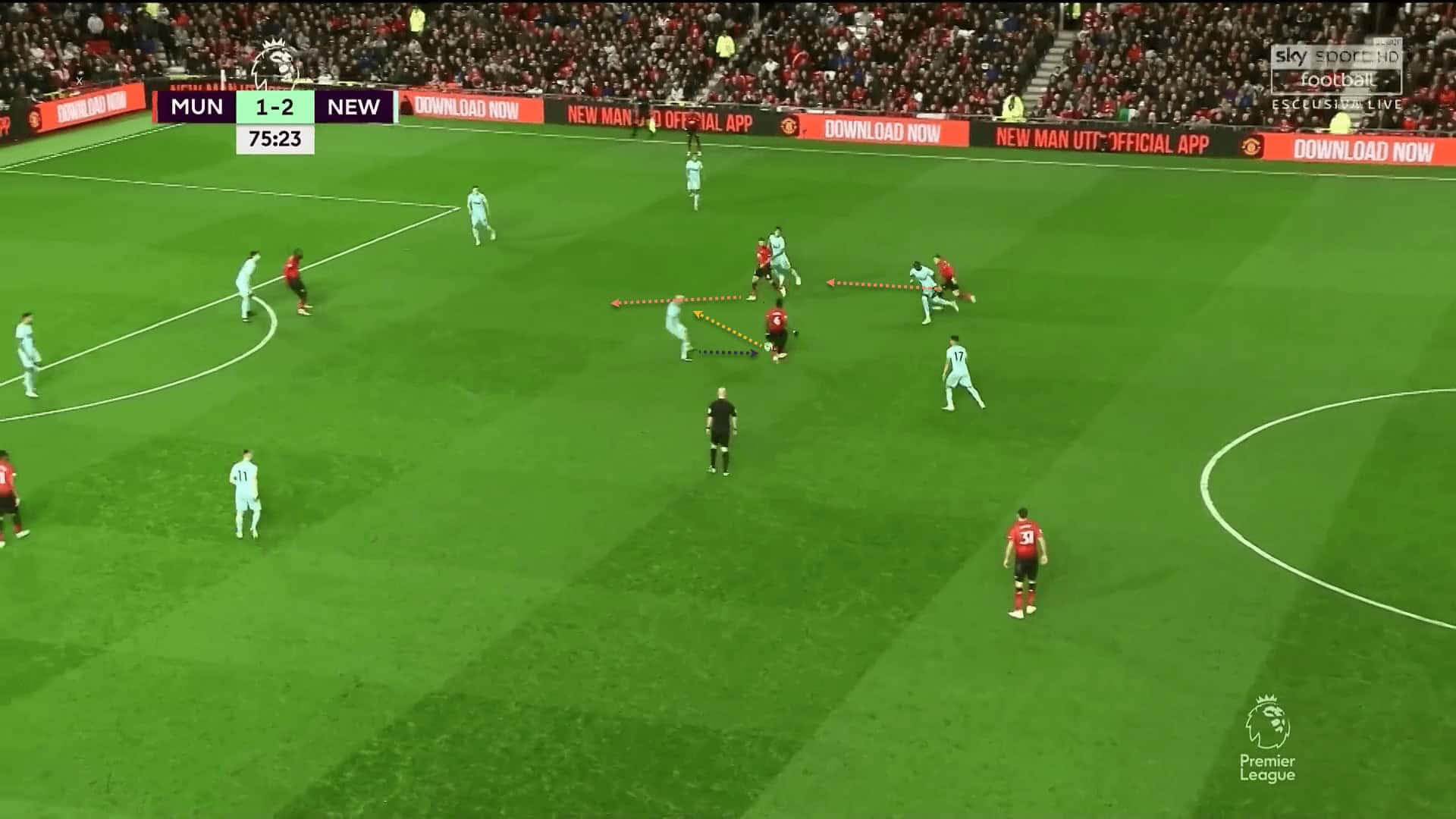
United got their eventual reward with Sanchez’s 90th-minute goal, and he was quite instrumental in forcing the issue and opening up space for the Red Devils to exploit.
Conclusion
This seems like a turning point in Mourinho’s time at Old Trafford, with Sanchez possibly playing the Mark Robins role in saving the Portuguese’s job. Nevertheless, the structural issues seen in the first half have been prevalent for a while now, and while comeback wins of this nature always quicken the pulse, United have a lot of work to do tactically if they are to mount even a semblance of a challenge this season; better teams will make merry against such a defensive shape, and the visit to Chelsea after the international break will provide a better indicator of this United squad and their willingness to fight for their manager and club.

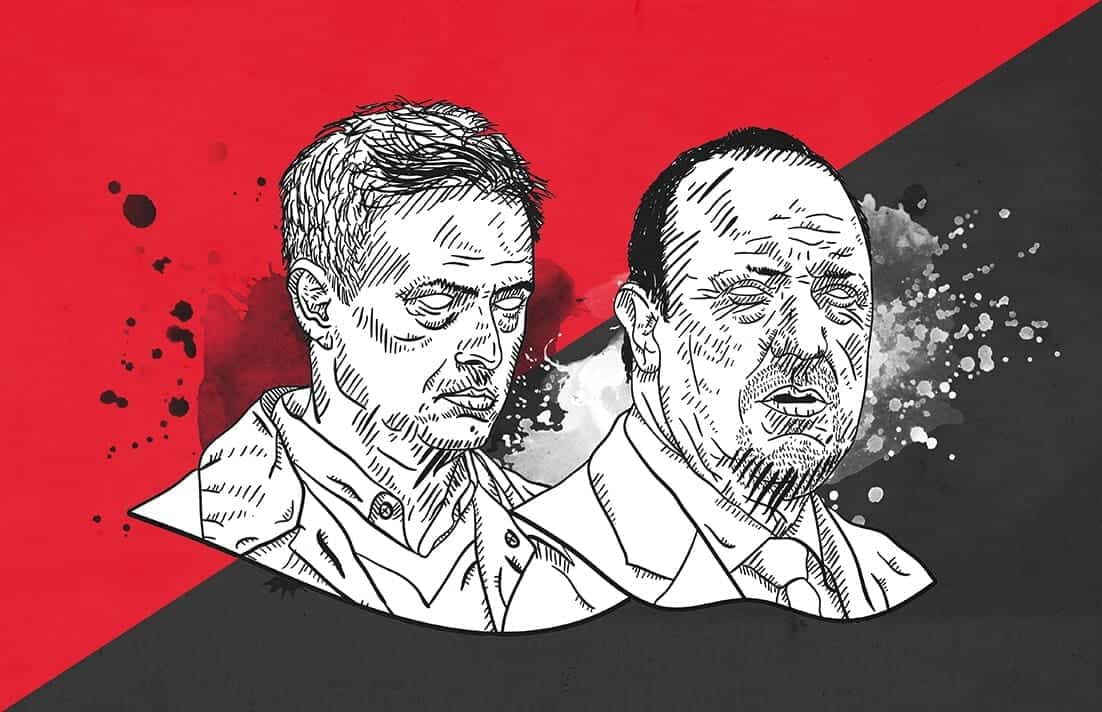



Comments